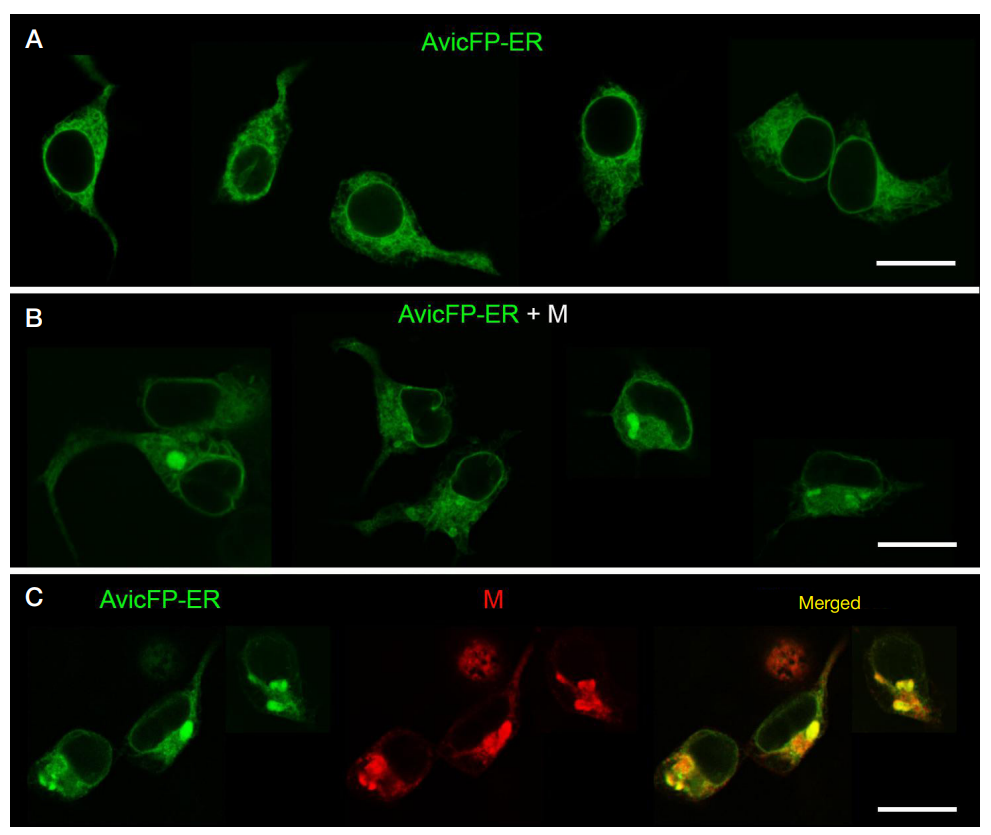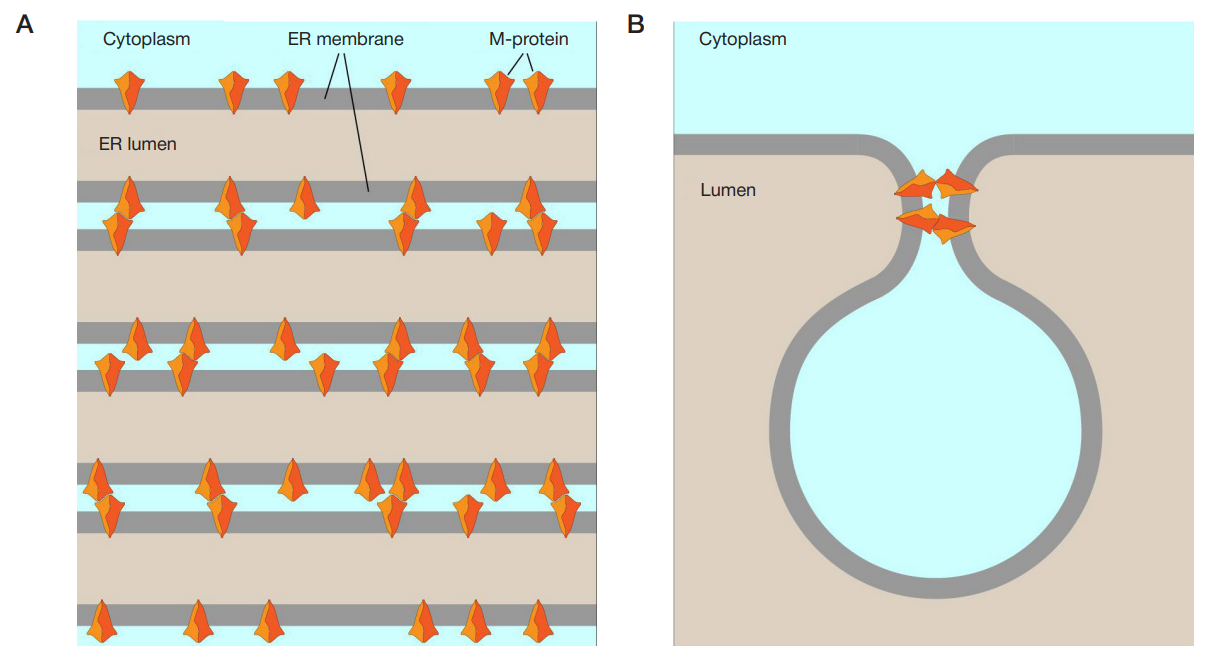
ISSN Print 2500–1094
ISSN Online 2542–1204
BIOMEDICAL JOURNAL OF PIROGOV UNIVERSITY (MOSCOW, RUSSIA)

Center for Molecular and Cellular Biology, Skolkovo Institute of Science and Technology, Moscow, Russia
Correspondence should be addressed: Konstantin A. Lukyanov
Bolshoy Bulvar, 30, str. 1, Moscow, 121205, Russia; moc.liamg@nitnatsnok.vonaykul
Funding: the study was funded by the Russian Foundation for Basic Research, project number 20-04-60370.
Author contribution: Sokolinskaya EL, Putlyaeva LV, Gorshkova AA — experiments; Lukyanov KA — concept and writing.

